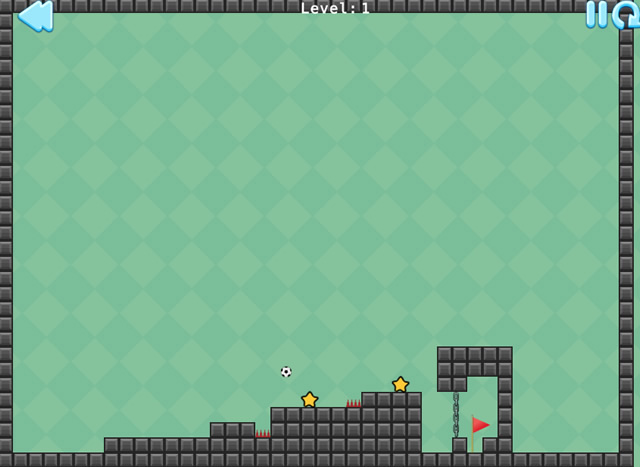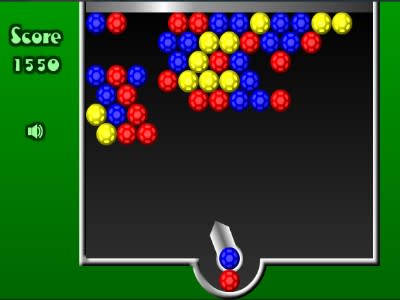
He speaks about this statue in the same lofty strain as he has been speaking about his wife. The portrait of his former wife and the sculpture of Neptune are of equal value for him. “Notice Neptune, though, Taming a sea-horse, thought a rarity” (Browning 1). After the conversation about the portrait of his wife, the duke proposes his interlocutor to have a look at the sculpture of Neptune. He has an opportunity to dominate over the portrait, while the joyfulness of his former wife has been making him suffer from jealousy.Īpart from the dukes mentioning of his future marriage, there is one more symbol that emphasizes the criticism of the situation. He appreciates the portrait of the duchess rather than the alive person. At the same time, he is unlikely to feel regret. This visage of the young duchess is the everlasting admonishment of the Dukes unsuccessful attempt to domineer. Her innocent face painted on the portrait will always remind the duke of his deed. Suffering from jealousy, in order to subdue the joyfulness of his wife, the duke kills her.Īt the same time, he has to bear the presence of the duchess on the portrait. The joyfulness of the duchess is revealed in the poem by means of another symbol, which is “that spot of joy into the Duchess’ cheek (Browning 1). Moreover, he fears the duchesss enthusiasm for life. Despite his imperiousness, he is unable to express his thoughts “even had you skill in speech – (which I have not)” (Browning 1). The duke is tyrannical, but at the same time, he is encumbered with doubts. The poem reveals the coxcombry of the main character, who is eager to subdue the surrounding world to his own wishes. They are the personal tragedy of the duke and his cruelty. The dramatic character of the poem is reflected on different levels. Moreover, the dukes charming amenity and his use of language emphasize this contrast. This combination of an intellectual and a monster makes a poem sound ironically. At the same time, he is shown as a monster, as it is obvious that it is the duke who has killed his wife. He is represented in the poem as a subtle connoisseur of art who admires the beauty of the portrait and “the depth and passion of its earnest glance” (Browning 1).
Bouncing balls game free full#
This monologue, in a full manner, reveals the character of the duke. In such a way, the duchess is no more than one of the numerous victims of the duke. She is the last because the duke is going to marry. The duchess is the last, not because of the fact that with her death, the duke has lost any hope for happiness. However, the closing of the poem is rather unexpected. It is possible to suggest that the duke feels his guilt because of his wife’s death. The fact that the portrait is hidden with a curtain and the duke is the only person who has a right to uncover it makes a reader think that the duke venerates the memory of his former wife.

The main symbol, on which the contexture of the poem is based, is the portrait of the duchess.

It is possible to guess that the duke has been very cruel to his wife, and during her last days, she has been suffering a lot. The story of the last duchess is rather enigmatical.

The guest plays the role of a voiceless listener. In the poem, the names of the main characters are not mentioned. The monologue is constructed in such a way that all the personality traits of the speaker are gradually revealed. They are watching the portrait of a woman painted by Pandolf. One of them is the owner of the house, while another is his guest. The poem begins with a conversation between two interlocutors. From the opening scene of the poem, a reader is dipped into the atmosphere of the Italian Renaissance. Moreover, the poem is considered to be one of the brightest examples of a dramatic monologue.


 0 kommentar(er)
0 kommentar(er)
